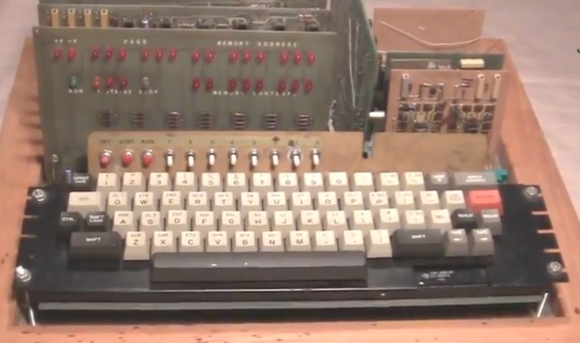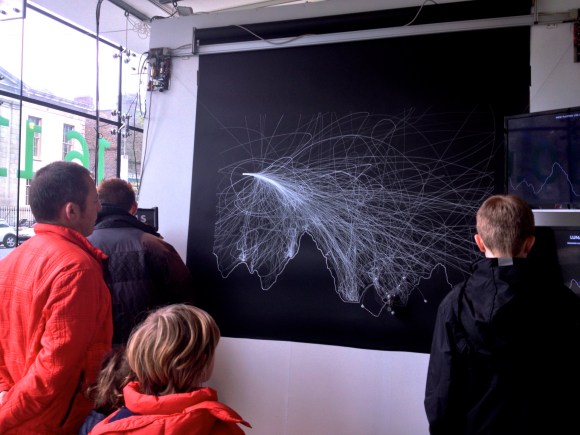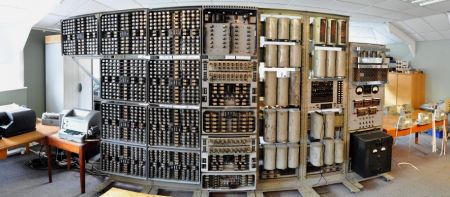Somehow, and don’t ask us how, the venue we chose for the Hackaday Prize party was perfect for Hackaday-related shenanigans. There was a Hackerspace right around the corner, a computer history museum in a warehouse nearby, and an amazing video game archive barely 100 meters away from our venue.
The VideoGamingArchive is an amazing collection of video games from the era where video games came in boxes with real manuals, and you needed to be sure you bought the game compatible with your system. Inside, one wall is dedicated to the old cardboard computer boxes, indexed partly by system and partly by how cool they look, while the other wall was dedicated to games from the previous five generations of consoles.
[Nils] was kind enough to give me a tour. You can check that video out below, with some more pics below that. If you’re wondering, yes, that is a sealed copy of Chrono Trigger, and no, I have no idea what it’s worth.


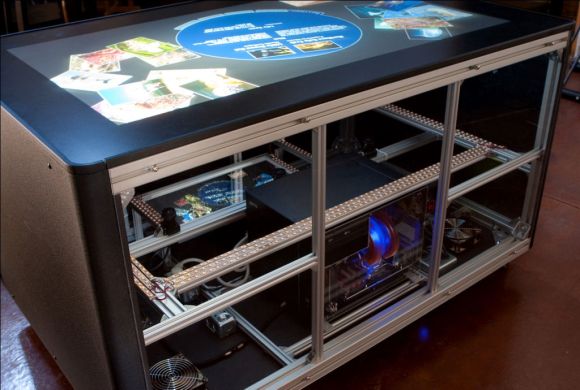
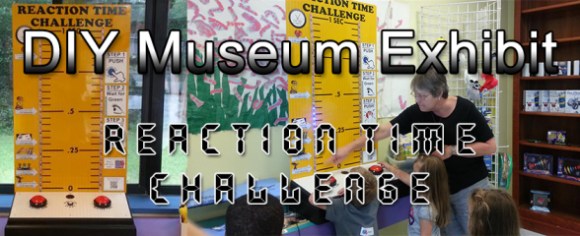
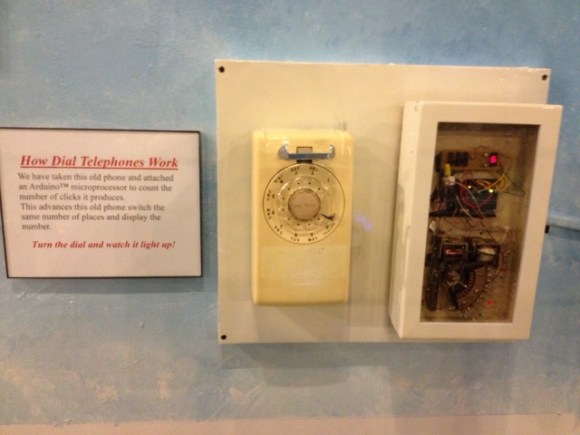 [David Burroughs] wrote in to share
[David Burroughs] wrote in to share 